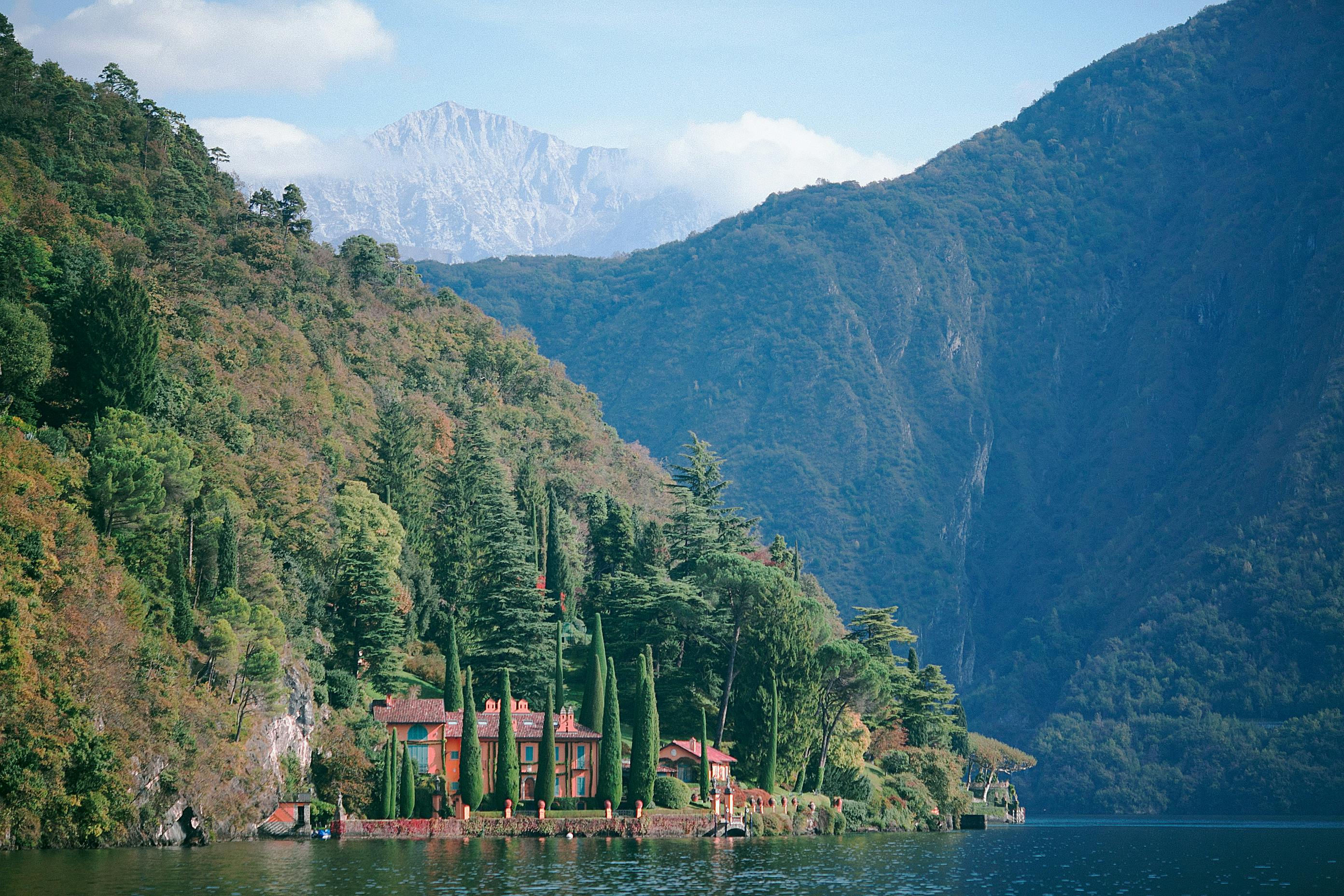
Hardy palms: Jubaea, Seronea, Trithrinax, and Washingtonia
Website design By BotEap.comLast of our series on cold hardy palm trees is a discussion of 3 monotypic genres and a polytypic genre.
Website design By BotEap.comJubaea Jubaea is another monotypic genus of palm, it is native to a small area of low forests and adjacent savannas in central Chile at the base of the Andes. Jubaea is like most plants in Chile in that it detests hot and humid weather.
Website design By BotEap.comJubaea chilensis (Chilean Wine Palm) I admit I had no luck growing this wonderful giant feather palm, but I must mention the amazing specimen in Rock Hill, SC, planted in 1993 by palm harvester Tamar Myers. Although Jubaea chilensis can grow up to 80 ‘tall, with 3’ wide trunks in more hospitable locations, don’t expect that size in a temperate climate … if you can keep it alive. (Hardiness zone 8-10)
Website design By BotEap.comSerenoa Serenoa is another monotypic genus of palm trees native to the southeastern United States, named for Serenoa Watson, a 19th-century Harvard Herbarium curator.
Website design By BotEap.comSerenoa repens (Saw Palmetto) This native Gulf Coast palm is a vigorously clumping and spreading palm tree, often with logs underground and above ground. Serenoa repens can be easily identified by its spiny leaf petioles. The leaf color is usually bright green, but silver-gray forms can be found in certain populations. Serenoa repens is incredibly drought tolerant, but can tolerate flooded soils, can grow in sun or shade, and can thrive in sandy soils that are both acidic and alkaline … that’s a hardy palm. Try as I might, I was never able to make this survive the winters in our Raleigh garden (Hardiness Zone 8b-10)
Website design By BotEap.comTrithrinax (Spiny Fiber Palm) This South American genus of palm trees comprises only three species, Trithrinax brasiliensis, Trithrinax campestris, and Trithrinax schizophylla. These beautiful clustered-trunk palm trees are found in grasslands and savannas in Argentina, Brazil, and only in surrounding countries.
Website design By BotEap.comTrithrinax campestris (Argentine silver palm) I will never forget the day I first saw these palm trees growing in open savannas in northern Argentina in 2002 … without a doubt the most beautiful palm trees I had ever seen. Slow growing trunks eventually reach 12 ‘tall, clad in very stiff leaves that range from the most beautiful gray to silver gray you can imagine. I hope they show very good cold tolerance, but the key to winter survival in colder areas is to keep plants dry as they are native to arid and desert regions. So far, I have killed my first two. (Hardiness zone 8b-10, guessing)
Website design By BotEap.comWashingtonia (Washington Fan Palm) Washingtonia is a genus of just two very tall, stemmed, fast-growing species named after who else, George Washington. Washingtonia filifera is native to the southwestern United States and Washingtonia robusta south of the Mexican border. While washingtonias can handle a bit of cold, they do much better in dry cold than in humid winter climates.
Website design By BotEap.comWashingtonia filifera ‘Dallas’ (Dallas Desert Fan Palm) We are pleased to offer a limited number of Washingtonia filifera native to the Southwest that was grown from seeds collected from a mature specimen in Zone 8, Dallas, Texas. The plant was “discovered” by Matthew Nichols of Dallas, who tells me that it has withstood 11 degrees F without damage. Hopefully this can add a bit more resistance as it has grown to fruiting size in a Zone 8 climate. Adult size is 60 ‘tall. (Endurance zone 8-10, guessing)
Website design By BotEap.comWashingtonia filifera ‘Truth or Consequences’ (Truth or Consequences Desert Fan Palm) The seed of this cold hardy form of the native of the southwestern US (California, Arizona), Washingtonia filifera, comes from a plantation in Truth or Consequences , New Mexico, where it has reportedly endured 0 degrees F on several occasions. The cold in New Mexico is obviously a dry cold, and the east coast cold is much wetter, but the potential is exciting for gardeners who like to experiment. Mature plants reach 60 ‘tall with fronds 8’ ‘wide. (Hardiness zone 8b-10, guessing)
Website design By BotEap.comWashingtonia robusta ‘Mariana’ (Mariana Mexican Fan Palm) This form was grown from the seeds of palm guru Hayes Jackson of Anniston, Alabama. Hayes obtained these seeds from a Washingtonia robusta plant (usually the least resistant Washingtonia), native to northern Mexico, which grows in the city of Mariana, in zone 8a of Florida. (Resistance zone 9-10)
Website design By BotEap.comWashingtonia x filibusta (Border Crossing Fan Palm) These hybrids between the Mexican fan palm, Washingtonia robusta, and the native US Washingtonia filifera were a blatant attempt to gain US citizenship and thus access to federal social programs for their offspring. These fast-growing hybrids are particularly happy in California and Texas, but have been successfully grown in other temperate parts of the country. If you’re feeling particularly generous and want to adopt one of these descendants, don’t wait, as their numbers are limited due to the impending border fence. There was a splendid specimen of Washingtonia x filibusta in the Atlanta Botanical Garden for years until it was killed in a severe winter. Even the best cold hardy palm trees they have their limits.